Digital Art

Community rules:
-
Be respectful and considerate in comments.
-
No deliberately offensive or inappropriate content.
-
Traditional artists and posts are also welcome here.
-
All posts must properly credit the original artist.
-
Please use the tickbox to mark any NSFW content.
-
No A.I. generated dreamscapes for now, as those are at best unethically sourced in the current state.
-
No furry related art.
How to post:
Please follow the convention of the images already uploaded so far i.e.:
Image title by Artists Name
In the description link the source to the image, and also include a direct link to the artists gallery. See previous posts for examples.
What to post:
You can post your own work here, but avoid spamming.
You can post your favourite peices here for us all to enjoy.
--
All artworks are copyright of the artists named in the posts.
Artists gallery links may contain NSFW works.
--
view the rest of the comments

So i looked in the blend file, and it seems i changed the texture map to this one at some point: https://wms.lroc.asu.edu/lroc/view_rdr_product/WAC_GLD100_E000N1800_064P
That one was better, and i also recall manually aligning the color map from the other Nasa site i linked before, just used photoshop offset the color map horizontally, sorry i was learning alot and didnt yet have a proper folder structure going, its also likely i made othe changes to the textures but i was moving fast and eager to get back to blender, i could likely send you the blend file along with those texures though, if you let me know an easy way to share it.
Using a different height texture explains the different results. Odd, that the Arizona State University has more bumps than NASA at the same 64ppd resolution. Do you think they added noise to the NASA data? When I add noise to the height map in Blender, I can make it look like this.